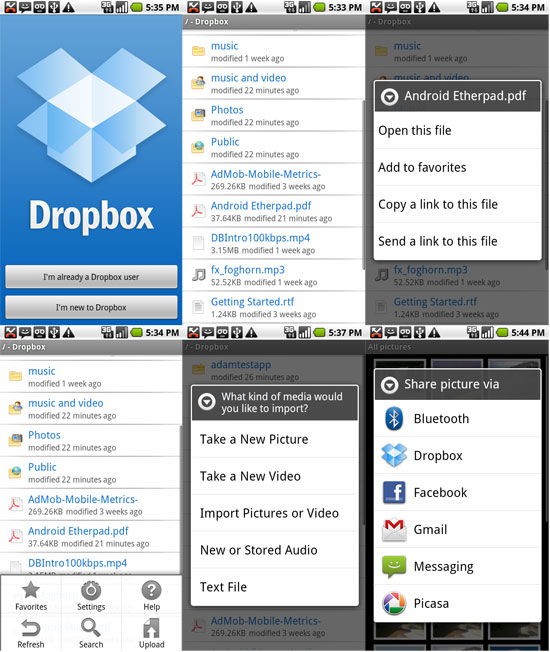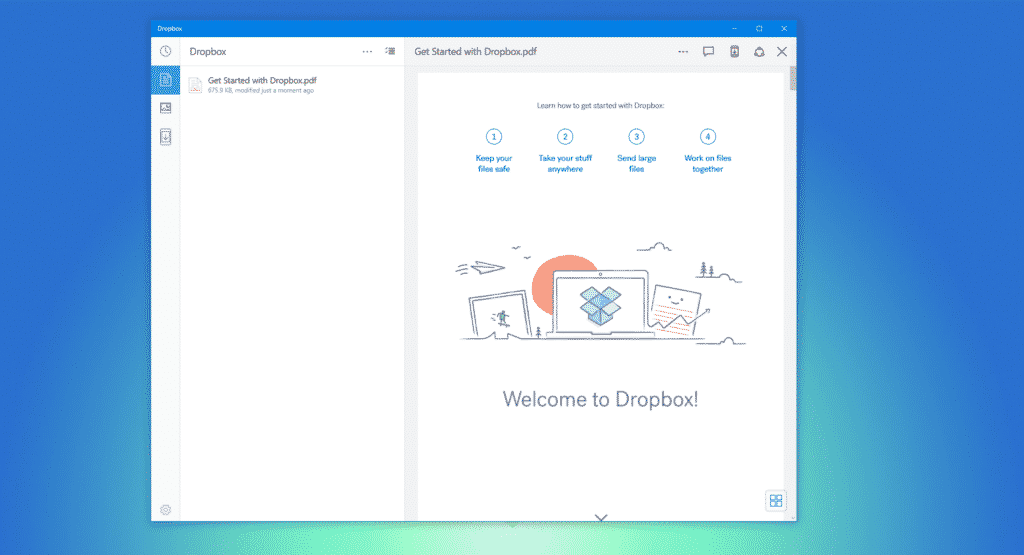


Repeat steps 8 through 10 with the following folders, deleting the “Dropbox” folder inside each: “%APPDATA%, “%PROGRAMFILES%”, and “%PROGRAMFILES(x86)%”.Inside that folder, delete the “Dropbox” folder.

Open File Explorer search for the folder “%LOCALAPPDATA%”.At no point in this process should you be deleting that folder. Note: Don’t delete the main Dropbox folder on your computer.(To do so, right-click each folder and click Delete). Delete the “Dropbox” and “DropboxUpdate” folders.Inside that folder, find the “Dropbox” and “DropboxUpdate” folders by searching in the folders named “SOFTWARE” and “WOW6432Node”.Double-click the folder named “HKEY_LOCAL_MACHINE” to open it.Uninstall the Dropbox desktop app from your computer.(To do so, click the Dropbox icon in your taskbar, click your avatar (profile picture or initials), and click Quit). You can read more about its features here. Put simply: Transmit lets you quickly and easily manage files on the internet. For example, Amazon S3 dramatically changed the way files are served on the internet,Īnd Transmit is a great way to manage your Amazon S3 buckets. Now, long ago we’d call Transmit an “FTP client”, but today, with Transmit 5, we connect to lots of different server types and cloud services. And with Panic Sync, you can sync them to all of your computers. Transmit also takes great care to let you organize your Servers for fast access. But Transmit also has tons of very nice features like File Sync, which can mirror remote and local (or, now, local Transmit’s big strength is its clean interface - our famous “dual-pane” view is way faster than the Finder. But you need to connect to a thing, and upload, download, or tweak the So, you have files you need to manage on servers.


 0 kommentar(er)
0 kommentar(er)
